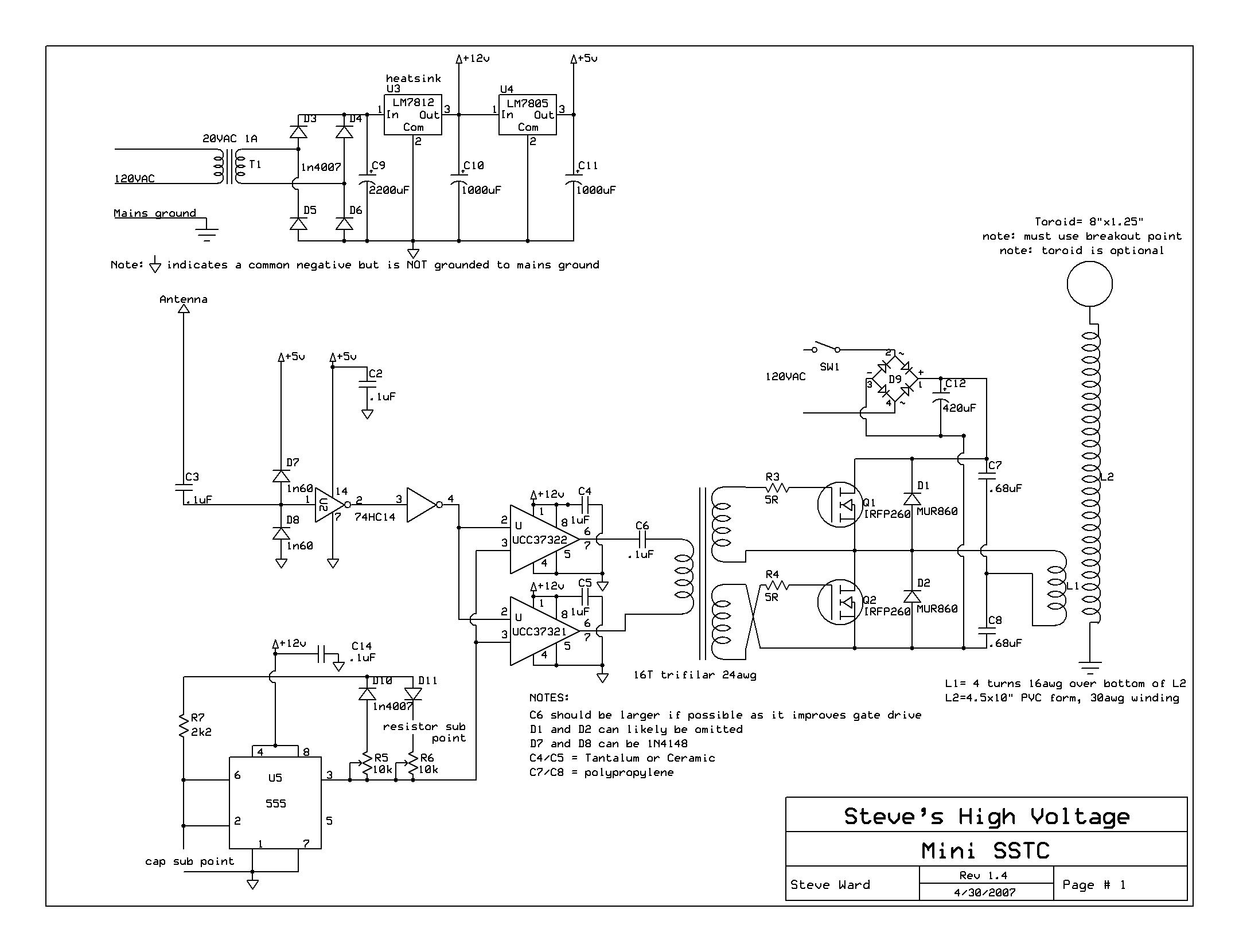boylesg
Advanced Member level 4

- Joined
- Jul 15, 2012
- Messages
- 1,023
- Helped
- 5
- Reputation
- 10
- Reaction score
- 6
- Trophy points
- 1,318
- Location
- Epping, Victoria, Australia
- Activity points
- 11,697
It is clearly not a standard astable multivibrator.
Does nayone recognize this configuration?
I would like to understand it better.

Does nayone recognize this configuration?
I would like to understand it better.

